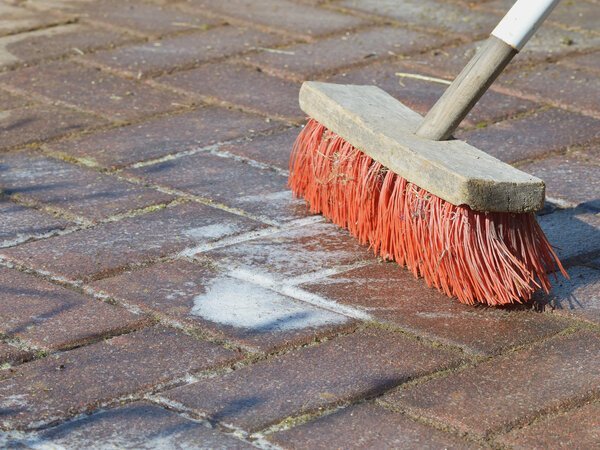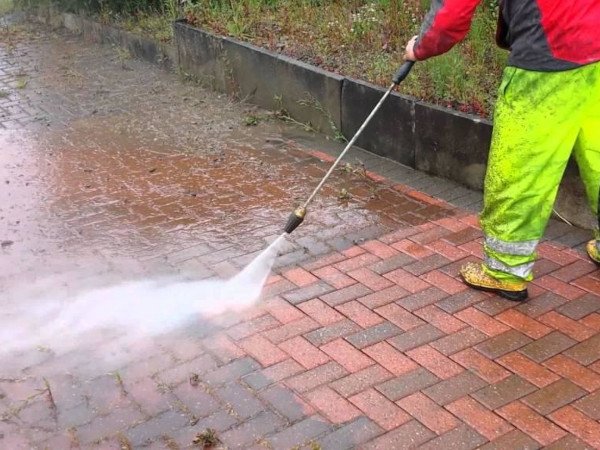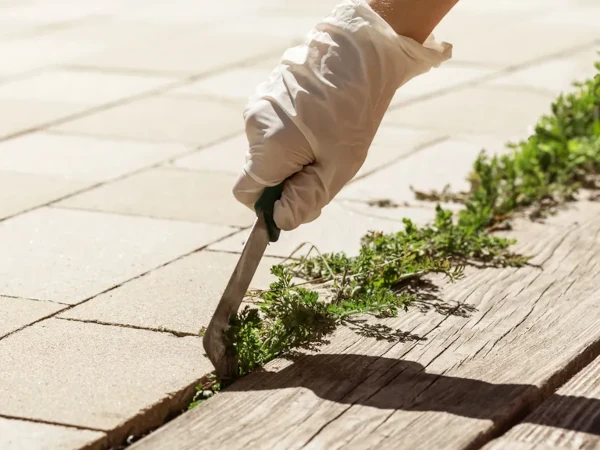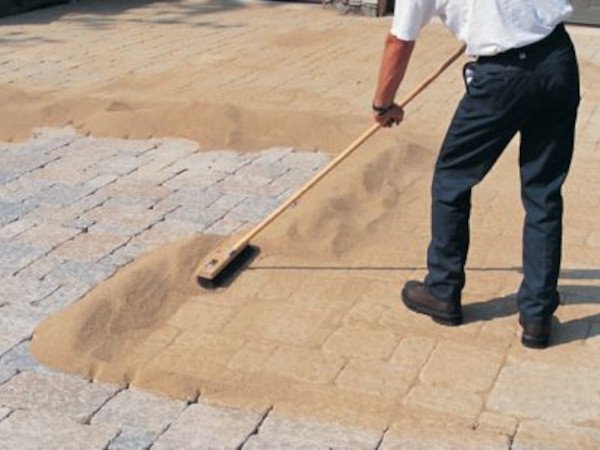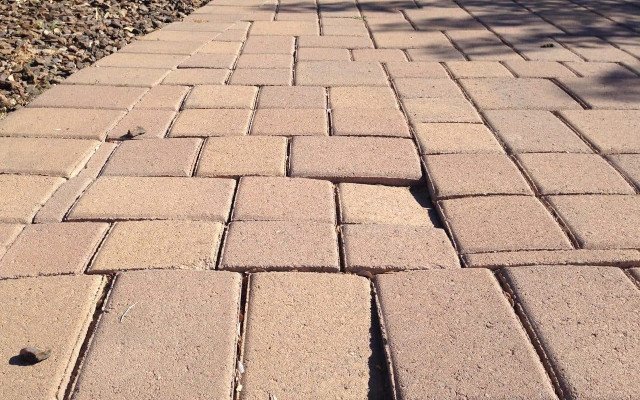Stain Removal
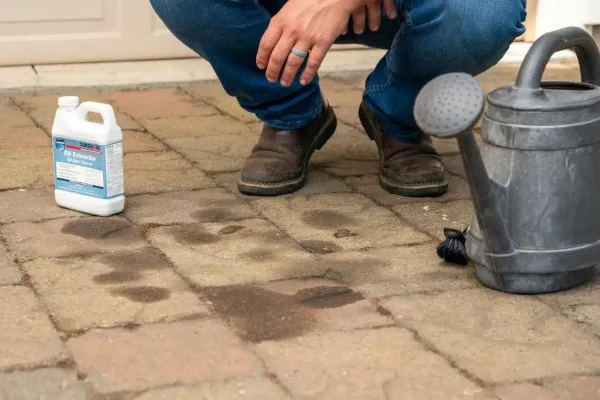
Stain removal is a critical aspect of paver maintenance to ensure that the aesthetic appeal and integrity of your paved surfaces are preserved. Pavers can be susceptible to various stains, including oil, grease, rust, mildew, and organic matter. Prompt and effective stain removal not only enhances the visual appeal of your pavers but also prevents long-term damage. Here’s a detailed exploration of stain removal for paver maintenance:
Types of Stains:
- Oil and Grease:
- Commonly caused by automotive leaks or outdoor cooking.
- These stains can be unsightly and may penetrate the paver surface.
- Rust:
- Often occurs due to metal furniture or objects left on the pavers.
- Rust stains can be challenging to remove and may require specific treatments.
- Mold and Mildew:
- Flourish in damp and shaded areas.
- Mold and mildew stains not only affect the appearance but can also create slippery surfaces.
- Organic Stains:
- Result from leaves, fruits, or other organic materials decomposing on the pavers.
- These stains can leave behind discoloration and may encourage weed growth.
- Food and Beverage:
- Accidental spills from food, drinks, or sauces can leave noticeable stains.
- Certain foods and beverages may contain pigments that can penetrate the paver surface.
General Steps for Stain Removal:
- Identify the Stain:
- Different stains may require specific removal methods. Identify the type of stain before proceeding.
- Immediate Action:
- Address stains as soon as possible to prevent them from setting into the paver surface.
- Blot or absorb excess liquids before starting the cleaning process.
- Gentle Cleaning Agents:
- Use mild detergents or specialized paver cleaners for general stain removal.
- Follow manufacturer guidelines and test the cleaner on a small, inconspicuous area first.
- Pressure Washing:
- For larger areas or stubborn stains, pressure washing can be effective.
- Adjust the pressure washer settings to avoid damage to the paver surface.
- Vinegar or Lemon Juice:
- Natural acids in vinegar or lemon juice can be effective for certain stains.
- Dilute with water and apply, then scrub with a brush before rinsing.
- Baking Soda Paste:
- Create a paste using baking soda and water for gentle abrasive cleaning.
- Apply the paste to the stain, scrub, and rinse.
- Oxalic Acid (for Rust):
- Oxalic acid can be effective for rust stains.
- Follow safety precautions, apply the acid, scrub, and rinse thoroughly.
- Bleach (for Mold and Mildew):
- A solution of bleach and water can be used for mold and mildew stains.
- Apply, let it sit, scrub, and rinse. Exercise caution with bleach and surrounding vegetation.
- Absorbent Materials (for Oil and Grease):
- Cover oil or grease stains with absorbent materials like cat litter or cornstarch.
- Allow it to absorb the stain before sweeping or vacuuming.
- Mechanical Scrubbing:
- Use a stiff brush or a scrubbing tool for mechanical scrubbing.
- Scrub in circular or back-and-forth motions to lift stains.
- Specialized Stain Removers:
- Some stains may require specialized stain removers designed for specific materials.
- Follow product instructions carefully.
Tips for Stain Removal:
- Timely Intervention:
- Act promptly to prevent stains from setting and becoming more difficult to remove.
- The longer a stain sits, the more challenging it may be to eliminate.
- Test in an Inconspicuous Area:
- Before applying any cleaning agent, test it in a small, inconspicuous area to ensure it doesn’t cause discoloration or damage.
- Patience and Persistence:
- Stain removal may require multiple attempts, especially for stubborn stains.
- Be patient and persistent, and avoid using overly abrasive methods that could damage the pavers.
- Protect Surrounding Vegetation:
- Exercise caution when using strong chemicals to avoid damage to surrounding plants and vegetation.
- Rinse the area thoroughly after stain removal to minimize any impact.
- Sealing After Cleaning:
- Consider applying a sealer to the pavers after stain removal.
- Sealing helps protect the surface from future stains and enhances overall longevity.
- Regular Inspection:
- Periodically inspect your pavers for any new stains.
- Address stains promptly to maintain the pristine appearance of your paved surfaces.
Stain removal is a part of routine paver maintenance that requires attention to detail and the use of appropriate cleaning agents. By employing the right methods and acting promptly, you can keep your pavers looking clean, vibrant, and free from unsightly stains.


